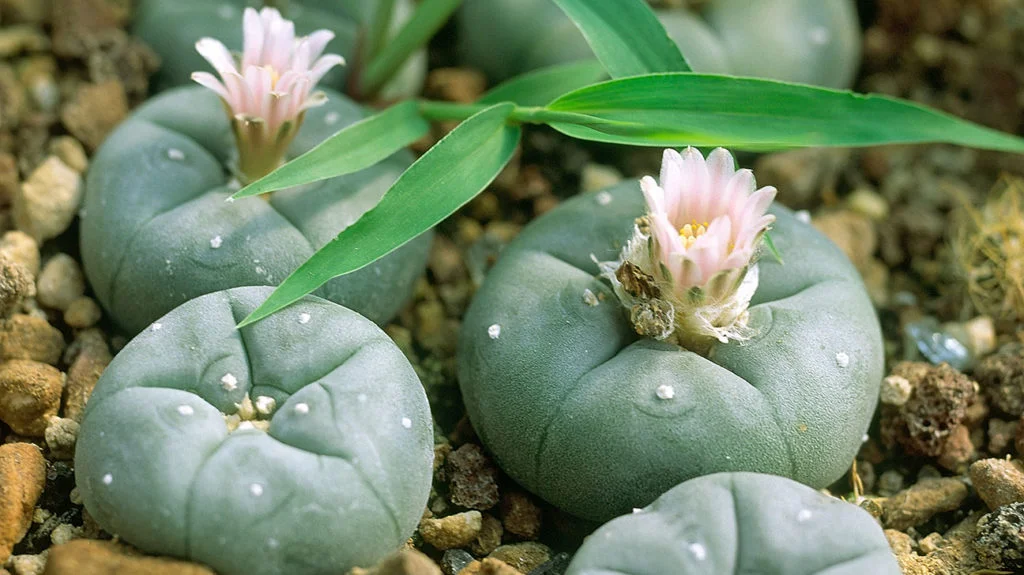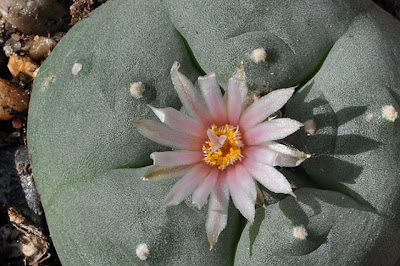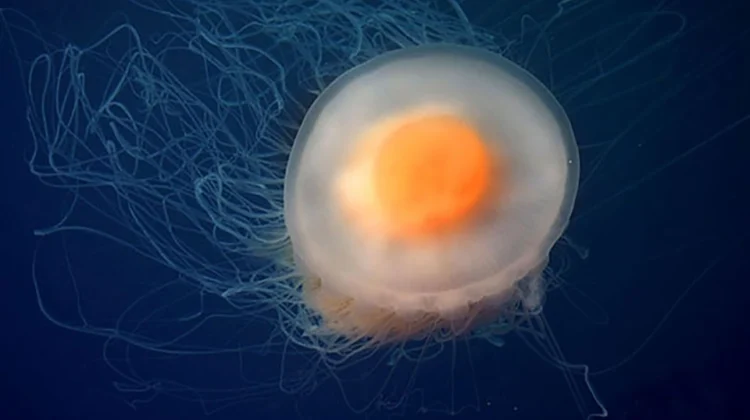The Fascinating World of Peyote: Nature’s Psychedelic Cactus
Peyote, scientifically known as Lophophora williamsii, is a small, spineless cactus native to northern Mexico and the southwestern United States. Revered for its psychoactive properties, peyote has captivated the interest of researchers, indigenous cultures, and psychedelic enthusiasts alike. In this blog post, we’ll explore its unique characteristics, cultural significance, and the science behind its effects.

Characteristics of Peyote
Peyote is a diminutive cactus, typically growing to heights of 2 to 7 cm and diameters of 4 to 12 cm. The part above ground, known as the corona, consists of disk-shaped segments that contain mescaline, the cactus’s most notable compound. Mescaline has been studied for its psychedelic effects, similar to those of other hallucinogens, but it has a unique profile that sets it apart.
Peyote’s flowers bloom during the day and can be white, pink, yellow, or reddish. These blossoms measure between 1 to 2.4 cm in length and 1 to 2.2 cm in diameter, adding to the cactus’s allure. After flowering, small pink fruits emerge, eventually drying to a brownish-white hue, revealing black, pear-shaped seeds.
Habitat and Growth
This remarkable cactus thrives in limestone soils and thorny desert scrub at altitudes ranging from 100 to 1,500 meters. This adaptation helps protect peyote from predators and harsh environmental conditions. Interestingly, peyote is slow-growing, often taking over 30 years to mature and flower. Within its genus, L. williamsii boasts the highest concentration of mescaline, ranging from 0.7% to 3.5% by weight.

The Science of Mescaline
Mescaline is a powerful psychedelic compound that interacts with serotonin receptors in the brain, primarily the 5-HT2A and 5-HT2C receptors. While its affinity for these receptors is lower than that of LSD-25, mescaline still produces profound alterations in perception, mood, and cognition.
A psychoactive dose of mescaline is approximately 5 mg per kg of body weight. Each peyote button typically contains around 45 mg of mescaline, meaning users often consume multiple buttons to achieve desired effects. The experience usually begins about 30 minutes after ingestion, as mescaline is absorbed through the gastrointestinal tract.
Cultural Significance
Peyote has deep roots in indigenous cultures, particularly among Native American tribes, where it has been used for spiritual and medicinal purposes for centuries. It plays a central role in various ceremonies and is considered a sacred plant. Despite its cultural significance, peyote is illegal in many places, including Mexico, where it is native.
Conclusion
Peyote is more than just a psychedelic cactus; it embodies a rich tapestry of natural beauty, cultural heritage, and scientific intrigue. As our understanding of mescaline and its effects continues to evolve, so too does our appreciation for this extraordinary plant.
Whether you’re intrigued by its unique biology, interested in its cultural significance, or curious about its psychoactive properties, peyote offers a fascinating glimpse into the interplay between nature and human experience.
Further Reading
For those looking to dive deeper into the world of peyote, consider exploring the following topics:
- The historical use of peyote in Native American rituals
- The pharmacology of mescaline and its effects on the brain
- Conservation efforts for peyote and its habitats
By understanding and appreciating this unique cactus, we can foster respect for both its natural beauty and its cultural heritage.
Feel free to share your thoughts or experiences with peyote in the comments below!






